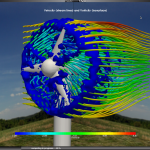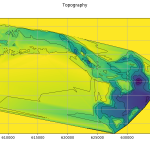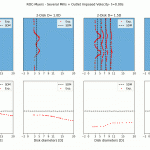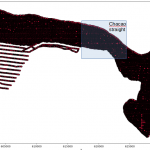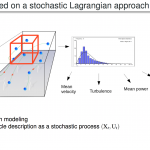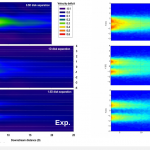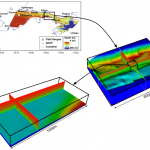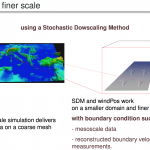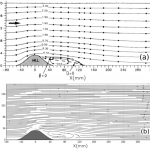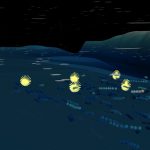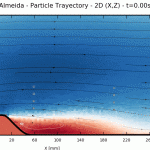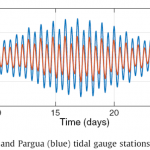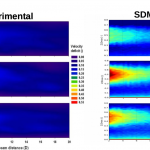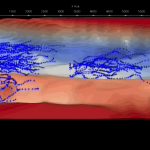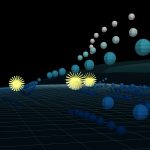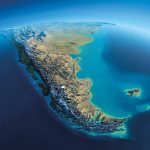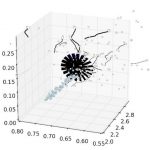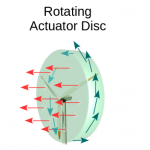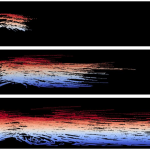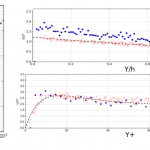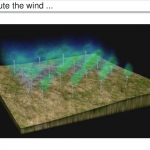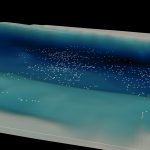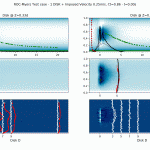… in Chile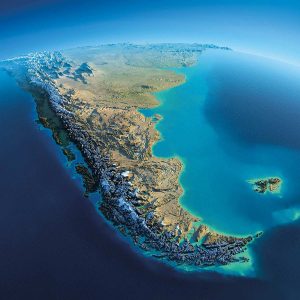
Along the 6,400km coast of Chile, in the South Pacific Ocean, the Chacao Channel has, according to initial estimates (Garrad-Hassan, 2009), been identified as an important energy source that could potentially contribute to a total power capacity of between 600 and 800 MW.
This has encouraged MERIC to collaborate with INRIA’s WindPoS team to focus efforts to development of a numerical simulation tool, SDM-OceapPos, that could be applied to marine currents energy convertors in specific sectors of the Chilean coast.
SDM-OceaPoS
Technologies for extracting energy from tidal currents using hydrokinetic devices have not yet achieved sufficient degree of maturity to enable their widespread integration into power grid interconnected systems (Khan et al., 2008; Güney et al., 2010). Motivated by the need to learn more about the physical and environmental processes of highly energetic areas, similar to the Chacao Channel, SDM-OceaPos (Ocean Power Simulation) numerical model was developed to comprehensively describe flow past turbines for a wide range of scales, to optimize turbine arrays and evaluate their environmental effects.
This project is mainly focused on the Chilean coastline and addresses two main axes: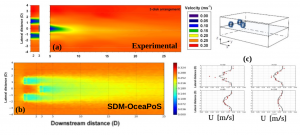
I- Validate the correct perfromance of the the numerical model OceaPoS when describing turbulent flow patterns past marine current converter array configurations represented as actuators diks. (See Benchmark cases).
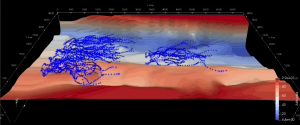 II- Demonstrate the reach of the model when analyzing the interaction of tidal turbine arrays, in real scale complex bathymetries and forcing conditions. Coming closer to the description of existing energetic tidal channel site, such as the Chacao Channel. (See Chacao Channel Demonstration Case).
II- Demonstrate the reach of the model when analyzing the interaction of tidal turbine arrays, in real scale complex bathymetries and forcing conditions. Coming closer to the description of existing energetic tidal channel site, such as the Chacao Channel. (See Chacao Channel Demonstration Case).



